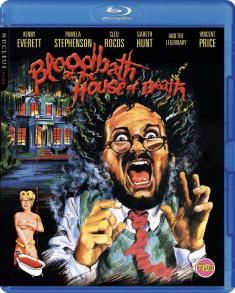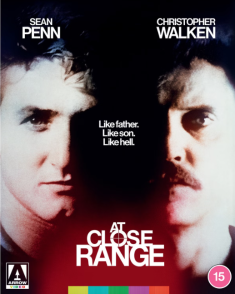MLB 12: The Show
Overview -
Spring is in the air, so you know what that means: the boys of summer are preparing for yet another lengthy Major League Baseball season. To coincide with Spring Training’s drills, meetings and exhibition games, Sony has released MLB 12: The Show onto its PlayStation 3 and PS Vita systems. This discussion will centre upon the handheld version of said sports simulator, in order to dissect and comment upon its portable features.
Video Review
Although it should be noted that MLB 12: The Show for Vita is merely a first attempt at creating a baseball simulation for Sony’s impressive new device, the game doesn’t look as good as it could have. Instead, its visuals are merely OK. The main problem lies in its lack of definition, as players’ models tend to look slightly blurry. Some of the utilized texture work also leaves something to be desired. Don’t read these complaints as statements that the game looks terrible, however. It’s competent overall, but does not take full advantage of the Vita’s graphical powers, resembling a higher resolution PSP title instead.
Over the course of this professional baseball adventure, many different ballparks will be visited. In addition to well-designed representations of each MLB stadium, unique A ball venues also play host to the bat and ball sport. It was impressive to see how much effort went into creating detailed representations of every location, with each one having its own feel and area-based sound effects. Road to the Show does a good job of highlighting this visual achievement, with games that show off a quality day-to-night cycle.
A representative from SCE San Diego previously mentioned that the studio’s goal was to make this version more organic than its predecessors through the implementation of enhanced ball physics. This design philosophy’s added animations are noticeable, as balls will ricochet off of players’ gloves, as well as encountered bases. In general, it reacts as it should, bouncing realistically.
On the downside, too many of the same hit cameras are shown, meaning you’ll view identical fouls over and over again, along with similar base hits. More camera angles would have aided the game’s presentation quality, considering it doesn’t have enough viewpoint variety. The everyday ballpark atmosphere is lacking as a result, especially since the mediocre-looking crowd is never featured in environmental lead-up shots. When cut scenes are shown, they’re limited to batter practice swings, which occasionally suffer from frame rate slowdown. Dugouts are shown as being empty and celebrations are notably missing, along with opening day ceremonies.
Audio Review
The feature commentary provided by Matt Vasgersian, Dave Campbell and Eric Karros is very insightful, evolving throughout each series. Players’ stats are discussed through interesting means, and it’s mentioned when they’ve been inserted into the line-up after missing the previous night’s tilt. Furthering that design, individuals who played in a previous game will have their performance mentioned, which is something you won’t find in a lot of other sports games. Sure, some of the announcing could’ve used added emotion, but it’s quite impressive overall.
When fans make their way out to the ballpark, they don’t do so in order to simply watch all of the players perform. In fact, the emotionally charged sounds emitted from fans, players, musicians and vendors combine to create what is a unique experience that cannot be paralleled. A bit of that can be found on this cartridge, but organ music and fan chants seemed to have been omitted. Instead, fans’ clapping and occasional hollering is all that one will find. At times, those effects sounded OK, but there were quite a few times where the ball’s sounds would combine with fans’ effects to create an off-putting result. It almost sounded like a bit of static was present during those instances.
After playing several games, I started to wonder whether there might have been something wrong with my Vita’s speakers. The thought that went through my mind was that they could’ve been the cause of the static, despite the mid-range volume setting that I’ve always kept to. That didn’t seem to be the case, however, because all of MLB 12’s well-chosen soundtrack tunes sounded great, with rich tones and impressive quality. The static-like sound only reared its head during gameplay, though it wasn’t there consistently.
With MLB 12: The Show for PS Vita, SCE San Diego has delivered a competent and enjoyable baseball experience for those who love to game on the go. Considering that its existence comes as a first effort on a new device, it’s easier to overlook all of the aforementioned deficiencies, though they definitely do take away from the great sports title that this could have been. Overall, it’s worthwhile for the pastime’s hardcore fans, although those looking for a title that can last for years should maybe wait until the kinks are ironed out. Maybe the popular Diamond Dynasty mode will also make an appearance at that time.












